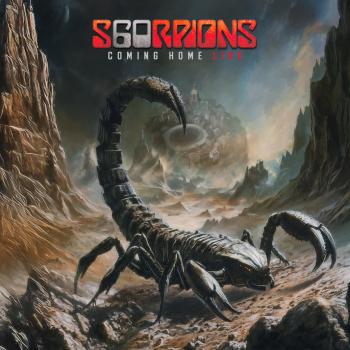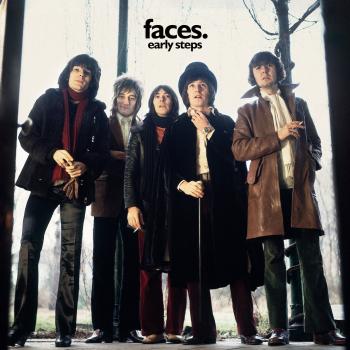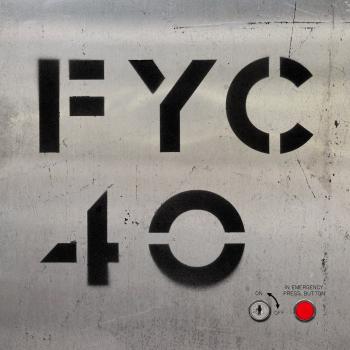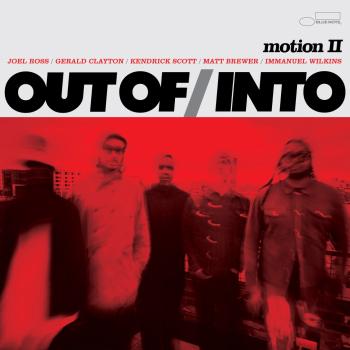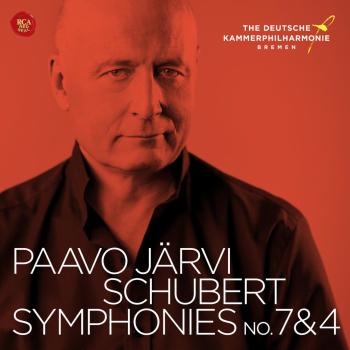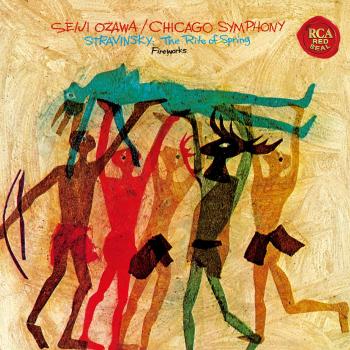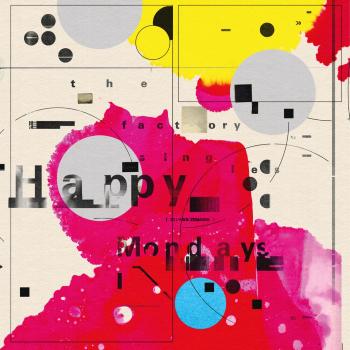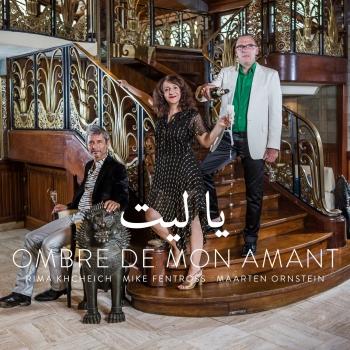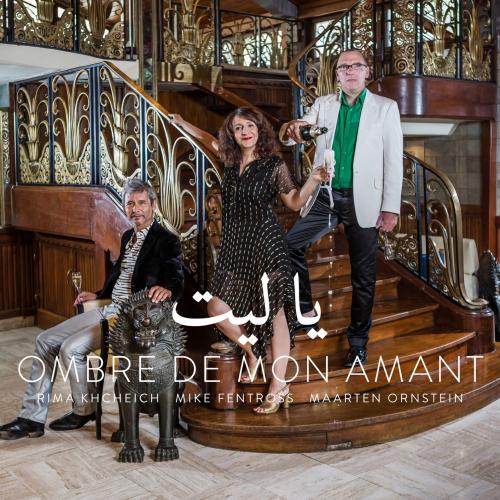
Ombre de mon amant Rima Khcheich, Mike Fentross & Maarten Ornstein
Album Info
Album Veröffentlichung:
2019
HRA-Veröffentlichung:
22.03.2019
Das Album enthält Albumcover Booklet (PDF)
- Michel Lambert (1610 - 1696):
- 1 Ombre de mon amant 06:29
- Maarten Ornstein (b. 1967):
- 2 Ghaymi 06:07
- Khaled Abou El-Nasr:
- 3 Ya Helou (Arr. M. Ornstein for Voice, Bass Clarinet & Theorbo) 07:54
- Marin Marais (1656 - 1728): Pièces de viole, Book 4:
- 4 Pièces de viole, Book 4: No. 64, Le tourbillon 01:52
- Constantijn Huygens (1596 - 1687):
- 5 Quoy clorinde 04:36
- Marin Marais (1656 - 1728): Pièces de viole, Book 2:
- 6 Pièces de viole, Book 2: No. 63, Les voix humaines 03:46
- Mohammed El-Qassbji:
- 7 Ya Fayetni (Arr. M. Ornstein for Voice, Bass Clarinet & Theorbo) 07:17
- Constantijn Huygens (1596 - 1687):
- 8 Que ferons nous 06:07
- Diego Pisador (1509 - 1557), Luys de Narváez (1490 - 1547):
- 9 Paseavase el re moro 07:29
- Sayyed Darweesh (1892 - 1923):
- 10 Zourouni (Arr. M. Ornstein for Voice, Bass Clarinet & Theorbo) 07:51
Info zu Ombre de mon amant
Ost trifft West, Okzident trifft Orient, Instrumentales trifft Vokales. So kann man bei dem vorliegenden Album mit Fug und Recht von Crossover sprechen, zumal auch sehr entfernt Jazz, wenn auch nicht im klassischen Sinne, auf barocke und Renaissance-Klangfarben trifft. Im Fokus steht gewiss das Textliche, das Rima Khcheich vorträgt. Ihr zur Seiten stehen der als Jazzmusiker ausgebildete Jazzklarinettist und Saxofonist Maarten Ornstein. Mike Fentross spielt Theorbo, ein im 17. Jahrhundert geläufiges, zur Familie der Lauten gehörendes Saiteninstrument mit zwei Saitensätzen und einem s-förmigen sehr langen Hals. Zudem ist er auf der Vihuela zu hören. Das ist ein in der Renaissance in Spanien, Portugal und Italien geschätztes, der Gitarre sehr ähnliches Saiteninstrument mit Doppelsaitenbespannung. Aus der Instrumentierung wird deutlich, das wir nicht klassische arabisch-orientalische Musik erwarten dürfen. Denn Ud spielt keiner der drei Musiker. Auch Darbuka oder Rahmentrommel fehlen in der Besetzung. So muss man wohl annehmen, dass der Kern des musikalischen Vortrags in arabischen Kunstliedern besteht.
Mit „Ombre de Mon Amant / Ya Layt“ wird das Album eröffnet, bei dem im beiliegenden Booklet die englische Übersetzung der vorgetragenen Lyrik nachzulesen ist. Denn auf diese Lyrik kommt es gewiss besonders an, ohne die Instrumentierung gänzlich zu vernachlässigen. Für das nachfolgende Lied „Ghami“ („Wolke“) hat Maarten Ornstein die Musik komponiert, während für „Ya Helou“ („Liebling“) Ghantous El-Rahi den Text und Khaled Abou El- Nasr die Musik verantworten. Arrangiert hat dieses Lied Maarten Ornstein. Zu hören sind zudem „Le Tourbillon“ sowie „Les Voix Humaines“ (comp. Marin Marais). „Paseavase el Re moro“ (comp. Luys de Narváez/ Diego Pisador) runden wie der Schlusstitel „Zourouni“ („Besuch“) das vorliegende Album ab.
Sanft und getragen von einer gewissen Melancholie durchströmt beginnt „Ombre de Mon Amant“, Das ist gewiss dem Klarinettisten des Trios zu verdanken. Zugleich wohnt diesem Stück auch anfänglich etwas von sakraler Musik inne. Mit weicher Stimme, ohne jedwede Exaltiertheit, stimmt die aus dem Libanon gebürtige Vokalistin Rima Khcheich den „Liedtext“ an. Dazu wird sie von feinem Saitenfluss begleitet; zudem treten die Weichzeichnungen der Klarinette hinzu. Im Verlauf des Vortrags fühlt man sich hier und da an höfische Musik der Renaissance erinnert. Liest man die englische Übersetzung der Lyrik, so drängt sich der Eindruck auf, es handele sich um ein tragisches Liebeslied: „Would that death were tongued/And to the living could speak…/Telling of the absent/… Is my love happy or sad? Is his frolic witty in death as it was in life?“
Ähnlich getragen wie das obige Stück und mit ein bisschen Pathos kommt „Ghami“ daher: „On a cloud did my fancy throw me / My days unhinged in a blink of an eye/Alone with myself/A mirror and a question/A thousand and one nights and another in this dream“. Vom musikalischen Charakter her meint man eine Nähe zu einem Lamento auszumachen. Dabei wird der Vokalvortrag von Intermezzos auf der „Laute“ unterbrochen, die die melodischen Linien definiert und teilweise auch in einen Bassmodus abgleitet, sodass das volle Sopran der Sängerin gänzlich zum Tragen kommt.
Das Zusammenspiel zwischen Saiteninstrument und Holzbläser in „Ya Helou“ gestaltet sich sehr beschwingt. Man hat sogar anfänglich den Eindruck, es werde zum Tanz, zum Schreittanz, aufgespielt. Doch im Kern lauschen wir einem Liebeslied mit „blumigen Zeilen“ wie: „Be for me always a vivid dream/If it walked, flowers would bloom on its path Sweetheart, lune even/Or rather brown...“. Folgt man den Linien von Bassklarinette und Saiteninstrument, dann meint man, Tragik und Sehnsucht zu erahnen. Überschwang der Liebe hört sich gewiss anders an. Das ändert sich gegen Ende des Vortrags. Da scheinen die beiden Instrumentalisten eher losgelöst im Spiel. Von entfesselt und feurig – das verbindet sich vielfach mit dem Klischee von orientalischer Musik – kann dennoch nicht die Rede sein.
Tanzen da nicht bei „Le Tourbillon“ die steifen Höflinge mit ihren Damen? Zugleich drängt sich der Eindruck auf, Sebastian Bach sei zugegen, vor allem wenn man aufmerksam den klanglichen Schraffuren des Bassklarinettisten folgt. Hätte es in früheren Jahrhunderten schon Singer-Songwriter gegeben, „Cloy Corinde“ würde gewiss Eingang in dieses Genre gefunden haben. Im Text heißt es unter anderem „Reiche mir Wein – Roten … aus offenen Wunden fließend … Wein … Weißen wie die Tränen des Himmels ...“. Für uns zeugt das von einer gewissen Schwülstigkeit. Doch übersetzt man die Texte gegenwärtiger Singer-Songwriter wird man auch auf Süßliches bis hin zu Kitschigem stoßen.
Dass auch musikalisch das Lyrische und ein Hauch des Balladenhaften überwiegt, scheint mit dem Charakter der Musik und der Texte in Verbindung zu stehen. Das trifft auch auf „Les Voix Humaines“ zu, einem weiteren rein instrumental vorgetragenen Stück. Dabei steigt die Bassklarinette hier und da in ungeahnte Höhen auf und weist dem Saiteninstrument die Rolle der Rhythmisierung des „Liedguts“ und der „Zweitstimme“ zu. (Quelle: Ferdinand Dupuis-Panther)
Rima Khcheich, Gesang
Mike Fentross, Theorbe & Vihuela
Maarten Ornstein, Bass-Klarinette
Rima Khcheich
a Lebanese singer, was born in 'Khiam', South Lebanon, in 1974.
She started singing Classical Arabic music at the age of nine, and was awarded the bronze medal at the 'Bizert Festival for the Mediterranean Song' in Tunisia, 1985.
Rima's singing career started off with the children's choir at the 'Arabic Cultural Club', and later evolved into a solo performance with the 'Beirut Oriental Troop for Arabic Music' under the supervision and direction of Maestro Salim Sahab.
Rima studied the tradition of classical Arabic singing at The Lebanese National Higher Conservatory of Music' in Beirut, and her efforts were supported by her father Kamel Khcheich who encouraged her to memorize and master classics from the Arabic music heritage like *Muwashahat, Adwar and other styles. She has performed Zakariah Ahmad, Al-Kassabji, Sayyed Darwish, Kamel Al Khal'i and Muhammad Abdel Wahab, amongst others.
Having participated in various concerts in Lebanon and around the world, Rima has gained international repute and admiration for her gift at performing complex Arabic classical forms such as Dor 'Emta El hawa', and Muwashah 'Anta al Mudallal'.
Currently, Rima teaches Oriental singing at the Lebanese National Higher Conservatory of Music and is invited on a yearly basis to Massachusets, USA where she teaches voice and classical Arabic singing at Mount Holyoke College under the framework of the Arabic Music Retreat program directed by renown musician and composer Simon Shaheen.
Her professional collaborations include performing with Simon Shaheen, singing in renown composer Toufic Farroukh's album 'Tootya' released in 2006, and being an integral part of the Dutch-Lebanese- Iraqi band 'Orient Express'. This band tried to create meeting grounds between the Arab musical heritage and Jazz. The band released one album 'Orient Express' in 2002, of which this live recording documents their musical experimentations.
In 2006, Rima Khsheish released her debut solo album, entitled 'Yalalalli' which features a number of old songs and Muwashahat, that she performs in a personalized, contemporary manner, alongside new compositions.
A showcase of Rima's limpid voice, 'Yalalalli' not only reveals a deeply emotional and original musical expression, it also stands as a note of rebellion against the dictates of the commercial music market.
Muwashahat: plural for Muwashshah, a vocal form in Arabic music.
A strophic song with refrain. The form originated at Cabra, near Cordoba, in the 9th century; it enjoyed a vogue in Muslim Spain in the 11th century, and spread subsequently throughout the Arab world, where it survives in oral tradition.
One of seven post-Classical poetic forms, It is performed on both secular and religious occasions and combines classical metres with new ones arranged in strophes. Each poem is divided into an indefinite number of units (abyat, sing. bayt), each containing a varied number of poetic lines. Musically, a muwashshah is performed by a solo singer alternating with responsorial, antiphonal or collective singing in unison, depending on the performing group. The performance of this difficult art, composed by specialists, demands a mastery of both maqams (modes) and usuls, the complicated rythmic patterns of Arabic music. from the Center for Arabic Culture (CAC)
Maarten Ornstein
is a Dutch musician based in Amsterdam. He plays tenor saxophone, clarinet and bass clarinet and also works as a composer and arranger. On occasion he plays tarogato, electric saxophone, MPC and laptop computers. He leads the free funk ensemble DASH! and performs as a soloist. Additionally, he plays with lutist Mike Fentross, singer Rima Khcheich, poet and singer Jeannine Valeriano. and pianist Sunna Gunnlaugs. Maarten Ornstein endorses Légère reeds and is a member of Splendor Amsterdam.
Both in his paying and composing, Maarten Ornstein is always looking for new challenges, people to work with, rules to break and boundaries to cross. Exploration, mastering and mixing of new genres is at the heart of his musical life, which results in a huge diversity in his musical output. But regardless of the genre, his voice on his instrument is always instantly recognisable. He combines explosive virtuosity with a strong lyrical talent and the ability to make every note count.
Mike Fentross
first studied with Toyohiko Satoh at the Royal Conservatory in The Hague, then with Nigel North and José Miguel Moreno.
He has built a solid reputation as a “continuist”, playing in renowned orchestras like Les Arts Florissants, and is much in demand in his country as well as abroad. He plays and records regularly with great European ensembles such as Capriccio Stravagante, Les Arts Florissants, the Amsterdam Baroque Orchestra, the Harp Consort, the New London Consort and Al Ayre Espanol.
In 1991 he founded La Sfera Armoniosa, a group devoted to the performance of 17th-century music. Since 1996 Mike Fentross is guest professor at the Royal Conservatory in The Hague.
Booklet für Ombre de mon amant

